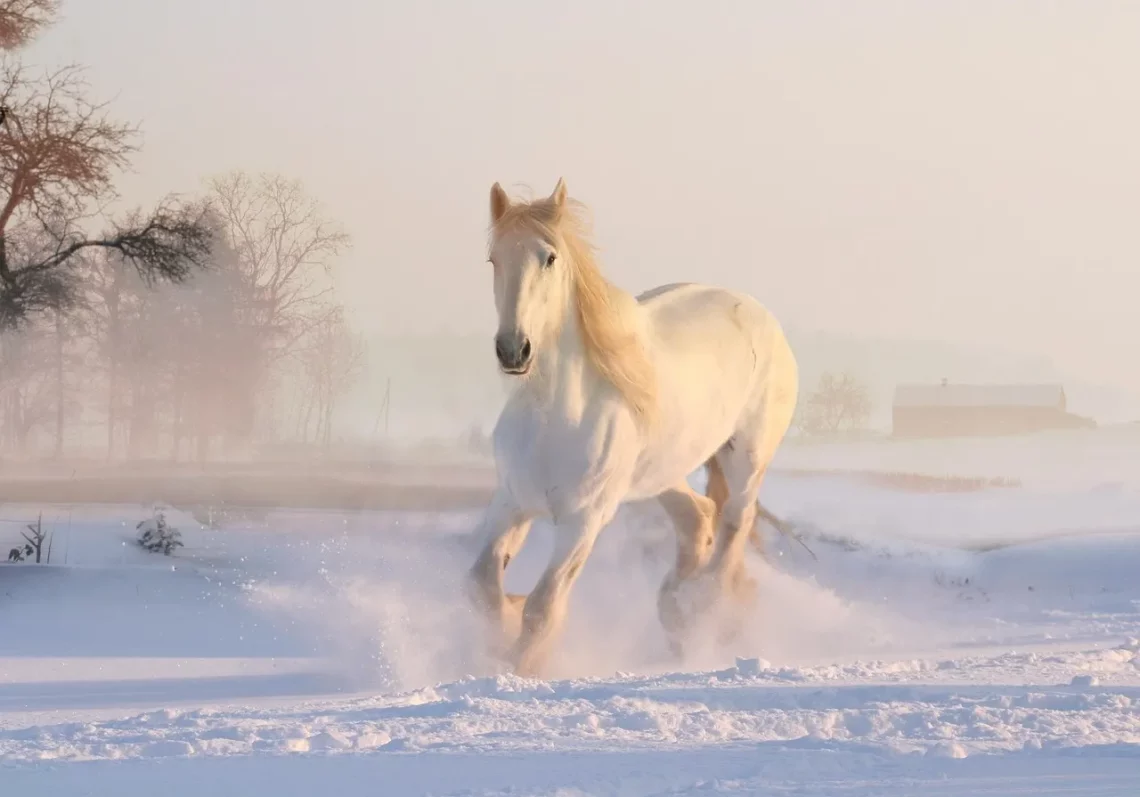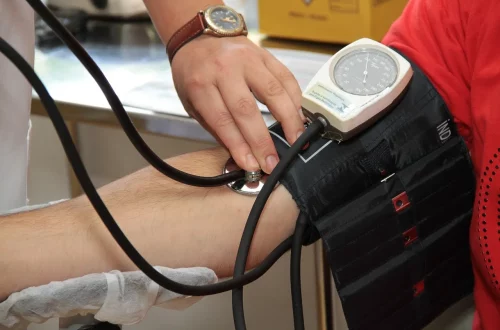
Understanding Horse Vaginal Anatomy and Health Considerations
Understanding the intricate anatomy of horse vaginal structures is essential for equine caretakers, veterinarians, and breeders alike. Horses, being large and powerful animals, have specific reproductive systems that require attention and care, particularly in female specimens. Understanding these anatomical features can significantly impact a horse’s overall health, reproductive capabilities, and the well-being of future generations.
Anatomy can often be complex, but a solid grasp of the basic structures involved helps in recognizing potential health issues early on. For instance, knowing the locations and functions of various organs can assist in effective breeding practices and general care. Additionally, awareness of common health concerns related to the equine reproductive system can empower owners to seek timely veterinary intervention, thereby ensuring the health and productivity of their animals.
Moreover, this topic not only contributes to better animal husbandry but also fosters a deeper appreciation for these magnificent creatures. Whether you’re an experienced horse owner or a newcomer to the equestrian world, understanding horse vaginal anatomy and related health considerations is a valuable aspect of responsible horse care.
Basic Anatomy of the Equine Reproductive System
The equine reproductive system is composed of several essential structures, each with a specific function. In mares, the primary components include the ovaries, oviducts, uterus, cervix, vagina, and vulva. The ovaries are responsible for producing eggs and hormones, playing a crucial role in the reproductive cycle. Typically, mares have two ovaries, which are located near the kidneys in the abdominal cavity.
Connected to the ovaries are the oviducts, which serve as the pathway for the egg to travel from the ovaries to the uterus. These thin tubes also play a significant role in fertilization, where the sperm meets the egg. The uterus is a muscular organ where a fertilized egg implants and develops into a fetus during pregnancy. It consists of two main parts: the body and the horns, which can accommodate multiple foals in the case of twins.
Following the uterus is the cervix, which acts as a barrier between the uterus and the vagina. It opens during estrus, allowing sperm to enter while providing a closed environment during pregnancy to protect the developing fetus. The vagina is a muscular tube that connects the cervix to the external genitalia, facilitating mating and serving as the birth canal during foaling. Lastly, the vulva is the external part of the reproductive system, which includes the labia and clitoral structure.
Understanding this anatomy not only aids in recognizing normal reproductive health but also helps identify abnormalities. For instance, conditions such as uterine infections, cysts on the ovaries, or vulvar conformation issues can significantly impact a mare’s reproductive success. Regular veterinary check-ups and a sound understanding of these anatomical structures can help in maintaining optimal reproductive health.
Common Health Issues in Mare Reproductive Anatomy
Mares are susceptible to various reproductive health issues that can affect their fertility and overall well-being. A thorough understanding of these potential problems can greatly assist in early detection and management. One common issue is uterine infections, known as endometritis, which can arise after breeding or foaling. This condition can lead to inflammation of the uterine lining and may require veterinary intervention for treatment.
Another concern is ovarian cysts, which can disrupt the normal hormonal cycles of a mare. These fluid-filled sacs may interfere with ovulation and cause irregular heat cycles, impacting the mare’s ability to conceive. Regular ultrasounds and hormonal evaluations can help in monitoring ovarian health, allowing for timely treatment options if cysts are detected.
Additionally, vulvar conformation plays a pivotal role in reproductive health. Mares with poor vulvar closure may be at a higher risk for contamination and infection, which can lead to complications during breeding or foaling. Surgical procedures, such as a caslick’s operation, can be performed to correct these issues and improve reproductive outcomes.
Moreover, age can also influence reproductive health. Older mares may face challenges related to decreased fertility and increased risk for various reproductive conditions. Understanding the age-related anatomical changes can aid owners in making informed decisions regarding breeding and management practices.
Overall, proactive measures, including regular veterinary check-ups and awareness of common health issues, can significantly enhance a mare’s reproductive health and longevity.
Importance of Monitoring Estrus Cycle and Reproductive Health
Monitoring the estrus cycle is crucial for effective breeding management in mares. The estrous cycle typically lasts around 21 days, with the mare being in heat for approximately five to seven days. During this time, understanding the signs of estrus—such as increased interest in stallions, behavioral changes, and physical signs like vulvar swelling—can help in timing breeding efforts effectively.
Detection of heat can be achieved through various methods, including visual observation and the use of teasing stallions. Many owners also utilize hormone testing to determine the optimal breeding window. By closely monitoring the estrus cycle, owners can improve the chances of successful conception and enhance overall breeding efficiency.
In addition to monitoring the cycle, keeping a comprehensive health record is vital. Documenting any reproductive health issues, treatments, and outcomes can provide valuable insights into a mare’s reproductive history. This information can be instrumental when making future breeding decisions or seeking veterinary assistance.
Furthermore, maintaining a healthy lifestyle is essential for optimal reproductive function. Proper nutrition, regular exercise, and stress management all contribute to a mare’s reproductive health. Nutritional deficiencies can affect hormone production and overall reproductive performance, so it’s essential to provide a balanced diet tailored to the mare’s needs.
In summary, a proactive approach to monitoring the estrus cycle and maintaining overall health can significantly enhance reproductive success in mares. Engaging with veterinarians and equine nutritionists can further optimize breeding strategies and ensure the health of both the mare and her offspring.
Conclusion and Health Advisory
Understanding horse vaginal anatomy and associated health considerations is fundamental for anyone involved in equine care. Knowledge of the reproductive system can aid in recognizing health issues early, optimizing breeding practices, and ultimately ensuring the health and well-being of mares and their foals.
However, while this article provides useful information, it is essential to note that it does not substitute for professional medical advice. If you suspect any health issues concerning your mare or have specific questions regarding her reproductive health, it is always best to consult a qualified veterinarian. They can provide accurate diagnoses and tailored recommendations based on the individual needs of your horse. Always prioritize professional guidance when it comes to the health and welfare of your equine companion.




